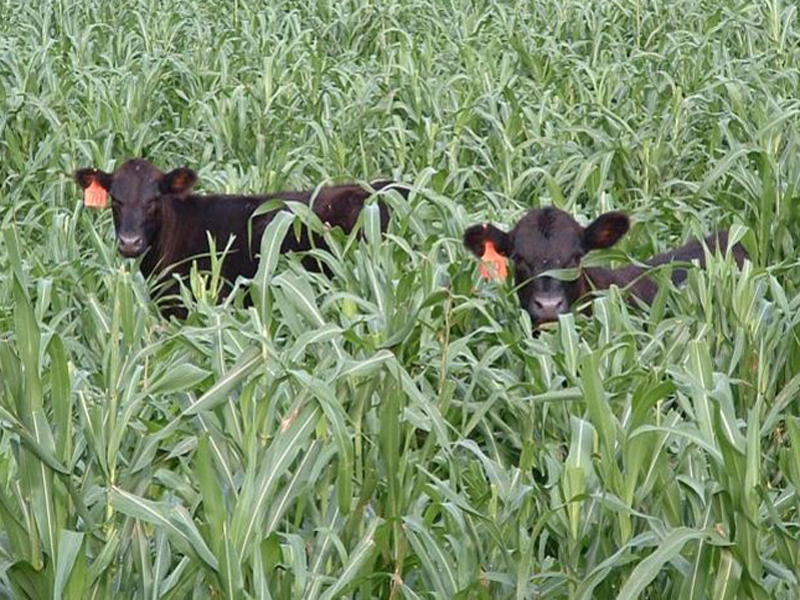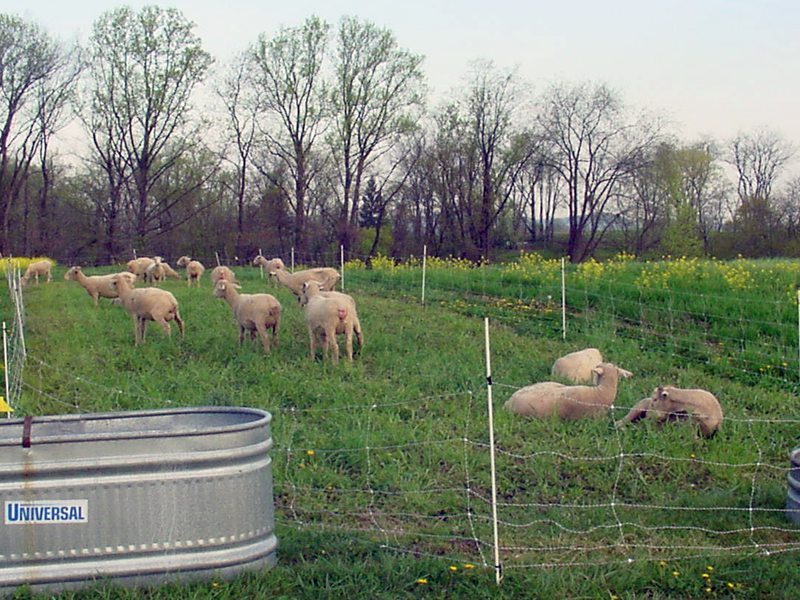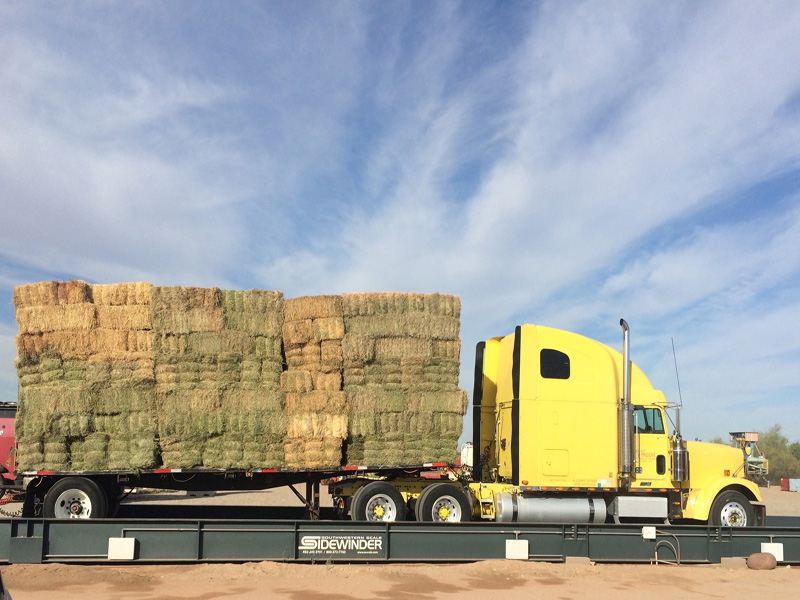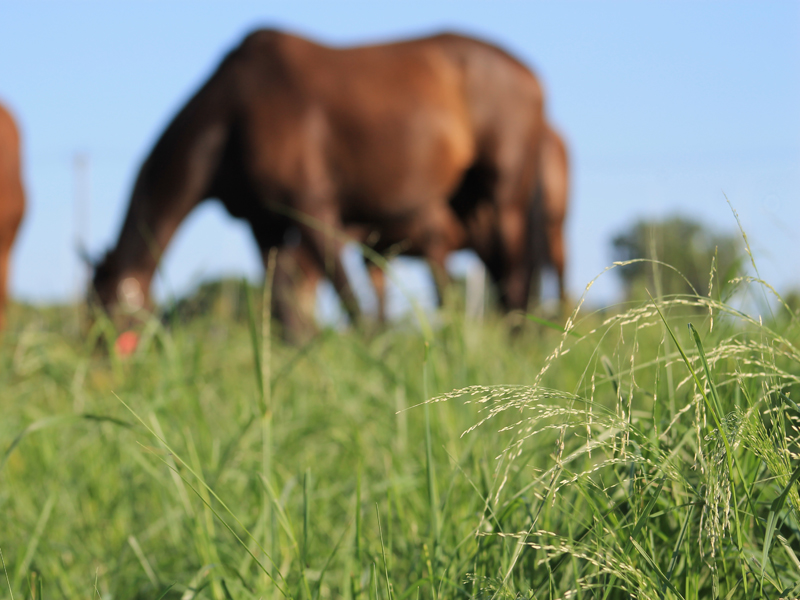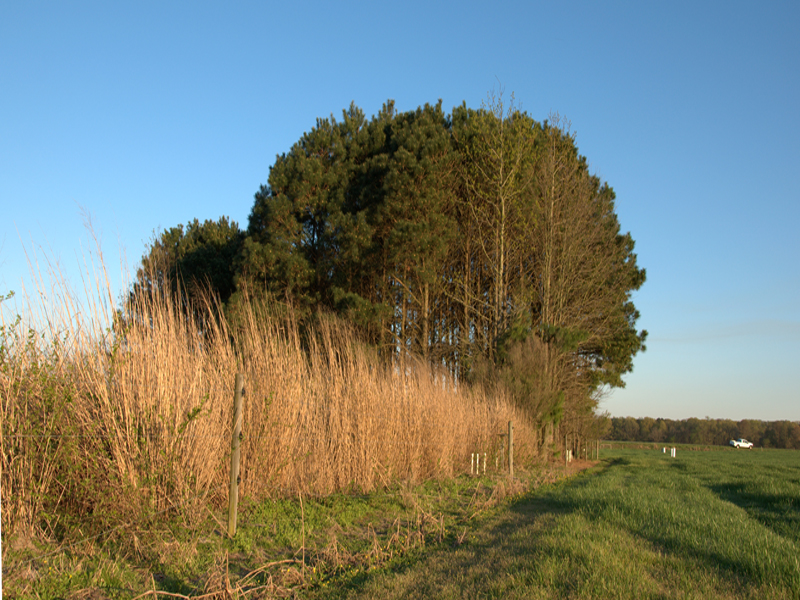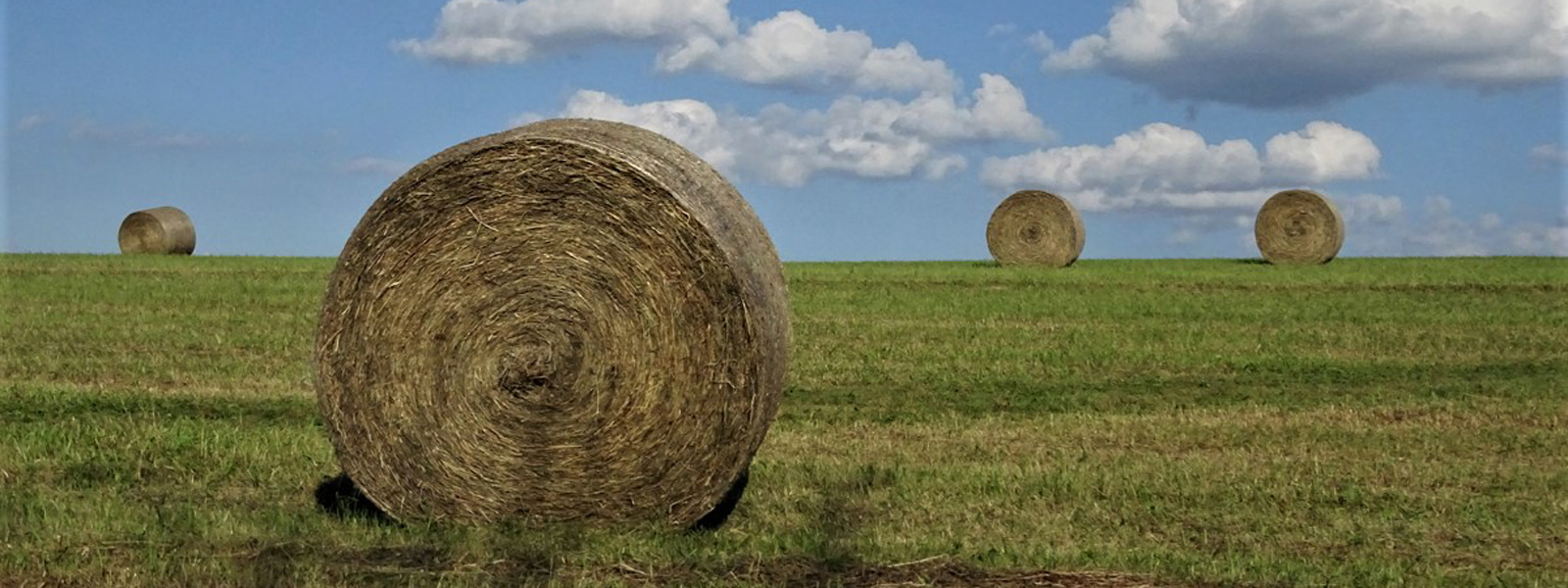
Grazing & forage
What is grazing and forage science?
Forage and grassland scientists study plants eaten by livestock. This might include domesticated cattle, horses, goats, and sheep, or even wild buffalo. Today’s forage scientist also looks at creating grasslands that provide habitats for wildlife. They research grasses that encourage conservation of natural resources. An emerging field in grassland science is bioenergy (more here). Grasslands create diverse, perennial ecosystems, so research is ongoing for their environmental benefits.
How does this affect me?
Much of today’s agricultural land produces grains, vegetables, and fruits eaten by humans. But some land can’t support these types of crops due to soil quality and other issues. This land could be used effectively for forage or grasslands.
Although grasses are often unsuitable for human consumption, animals that eat these crops are able to convert them into valuable protein (meat) and fiber (for example, wool). Grasslands support a wide range of wild animals, birds, insects, and plants. They even provide a space for a broad range of human recreational activities such as bird-watching, hiking, hunting, and wildlife observation. Read about how grazing and migratory birds intersect here.
Research has shown that grasslands can also provide environmental protection. Grasses planted at the outer edge of agricultural land can trap nutrients that might otherwise run off into neighboring streams. Growers and researchers refer to these naturalized areas on farms as buffer strips. Read about returning native grasses to areas with housing developments.
Current challenges
Climate change has a large impact on forage and grassland systems. Violent storms with large downpours cause flooding. In other years, these crops are subjected to long periods of drought. Breeding grass cultivars that are heat and drought resilient is important. Many grasses have long roots that can reach down several feet into the soil to pull up nutrients and water. Scientists are still studying the underlying physiology and biochemistry of forage plants that influence yield, quality, and persistence. Research is yielding valuable and interesting information about grassland systems.
What advances have we seen in grazing and forage?
Over the last century, plant breeders have made great progress in developing plants with desirable traits.
Today’s alfalfa can grow under a broader range of environmental conditions with better yields. Alfalfa is an important crop because it is a nitrogen fixing plant: it can pull nitrogen from the air, transform it, and use it as a nutrient. This trait makes it a good plant to improve soil health.
Tall fescue is important because it is a very hardy and nutritious forage crop. Tall fescue is a grass that lives in harmony with various fungi. The grass provides a home for the fungi while the fungi provide nutrients to the grass. This is great for the tall fescue! However, one type of fungus that works well with grasses can make cattle sick. Researchers have studied other fungi that cattle could tolerate. As a result, plant breeders developed newer types of tall fescue that grow with fungi that help the grass and don’t harm the cattle. (Read more about it here.)
Forage grasses have also been bred to be more nutritious. Forage and grassland scientists worked closely with animal scientists to develop grazing and hay production systems that maximize animal productivity while maintaining the persistence and productivity of grassland systems.
Future opportunities
Ecology and environment: Buffer strips provide several services to the environment. They prevent excess nutrients from getting into water bodies. They provide a home for wildlife. Perennial grassland systems can prevent erosion. They also provide a way to earn income on land where water resources are limited. (Read about one project here.)
Precision agriculture: The use of precision agricultural techniques has the potential to maximize the productivity and persistence of grasslands. An example is the possibility of monitoring forage mass and quality with drone technology.
Sustainability: The ability of grasslands to enhance and sustain our soil is well-documented. Including legumes, precision grazing, or harvest might maximize the health of grassland soils. In addition, there is increased public awareness and emphasis on how animals are raised, and their access to open areas. Grasslands provide an area

